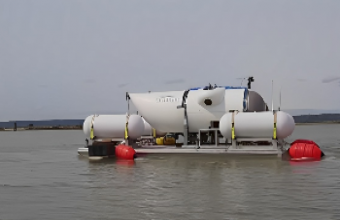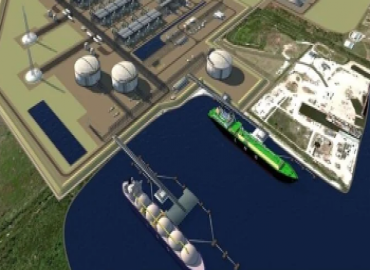When assessing the "seaworthiness" of a marine vessel, the experts essentially evaluate its suitability for the intended purpose, its operational safety, and its compliance with environmental protection measures. In the case of the Titan, being fit for purpose means having the capability to launch safely from a surface-based mothership, operate autonomously at depths of approximately 4,000 meters corresponding to the Titanic shipwreck, and resurface for recovery by the mothership after a dive lasting several hours.
One day after the United States Coast Guard officially confirmed the implosion of the missing Titan submersible, officials are now faced with the daunting task of navigating. The submersible, which was operated by the private US company OceanGate Expeditions, had embarked on a mission to explore the wreckage of the Titanic from 1912. However, after one hour and 45 minutes into its dive off the coast of Canada, communication with the surface was lost.
Ongoing Suspicions on Safety Overhauls Raised about the Sub
The tragic implosion of the Titan submersible has raised concerns regarding the vessel's potential for disaster due to its unconventional design and the creator's refusal to undergo independent checks, which are standard in the industry. According to U.S. Coast Guard Rear Adm. John Mauger, all five individuals aboard the Titan lost their lives when the submersible was crushed near the renowned Titanic wreckage. The incident marked the conclusion of a large-scale international search.
Ensuring safety protocols during operation entails the absence of equipment damage and the prevention of harm to passengers, ensuring their well-being and avoiding any potential injuries or worse. Moreover, protecting the environment means that the submersible should not cause any significant adverse impact on its surroundings, such as pollution or disturbance to the ecosystem. However, it's important to note that this ideal scenario exists in theory. Deep-sea submersibles operate in a challenging and unforgiving environment, where unforeseen circumstances can occur.
The Titan, measuring 22 feet (6.7 meters) in length and weighing 23,000 pounds (10,432 kilograms), had a larger internal volume than its counterparts. However, even with a maximum capacity of five seated individuals, the increased size meant that it faced higher external pressure. Jasper Graham-Jones, an associate professor of mechanical and marine engineering at the University of Plymouth in the United Kingdom, explained that elongating the cabin space in a submersible leads to increased pressure loads in the midsections.












